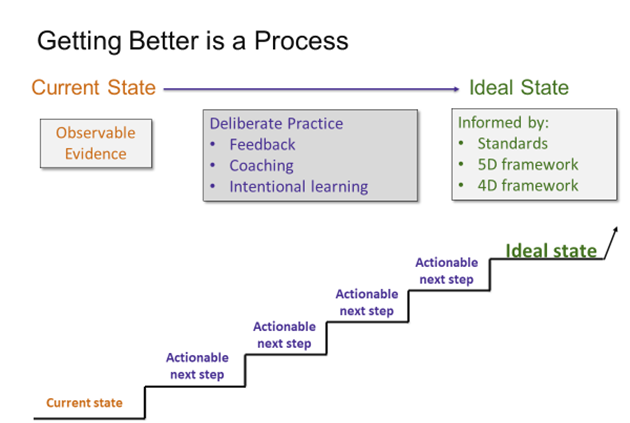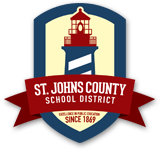University of Washington Center for Educational Leadership
As brick and mortar schools have darkened the classroom lights and deployed online instruction, we are learning from educational leaders across the country on how they continue to lead their faculty for instructional improvement. The following are reflections shared by a Superintendent of Schools in Minnesota. He asked his teachers and administrators to focus on what they could do better for their students in the short and long term. School stakeholders engaged in the following discussion across the district:
- What should student engagement look like? How can faculty determine student progress and address continuing needs?
- Use of student and parent surveys to understand their perspective of the current state.
- He worked virtually with principal teams to define instructional leadership during a crisis and disruption to the norm
- He engaged personally with principals to ensure reflection and thoughtful progress
The visual below, developed by Jenn McDermott, reflects the process of getting better as a school/system and may be referenced regardless of the situation or challenge. This process is clear and transparent; it asks the educator to determine the ideal state, use evidence of progress (data), feedback, coaching (relationships) and learning together (PLC) to drive intentional practice toward achieving the ideal state (results). Note: The box in the upper far-right side of the graphic refers to the 5D Framework for Teaching (Univ. of Washington and the 4D Framework for Leadership (Univ. of Washington). The process is easily converted to the use of the Marzano Instrument and the FSLA.

The graphic supports instructional leadership as a process in any situation including the present state with new demands. While you continue to lead instruction as teachers deliver online lessons and students engage in online learning, I invite you to reflect on the following.
- What is the current state of teaching/learning?
- Are students participating and achieving at the level you expect?
- How will you continue to provide feedback and coaching to build capacity of the teachers?
- What actions will you put in place to achieve your vision?


